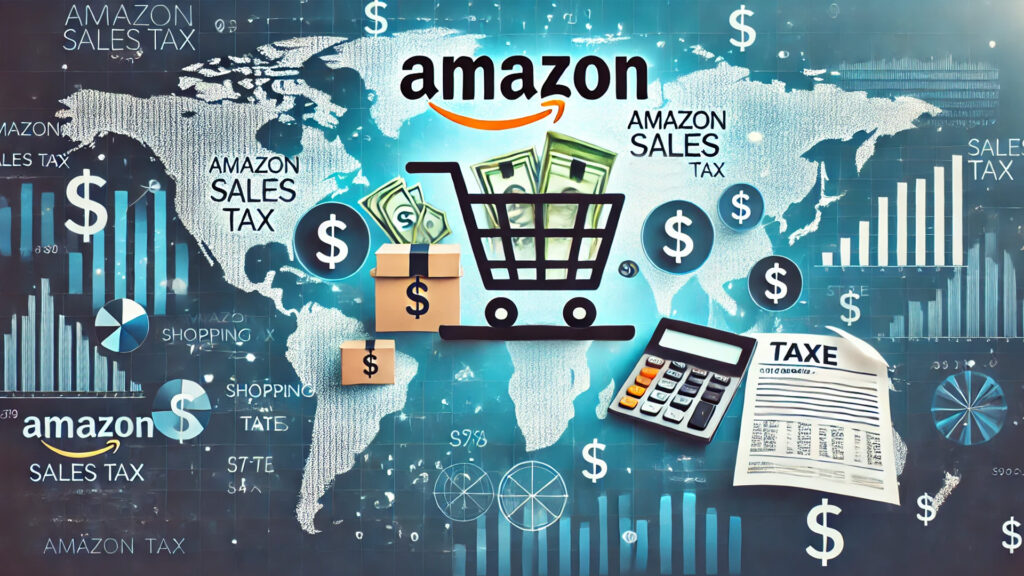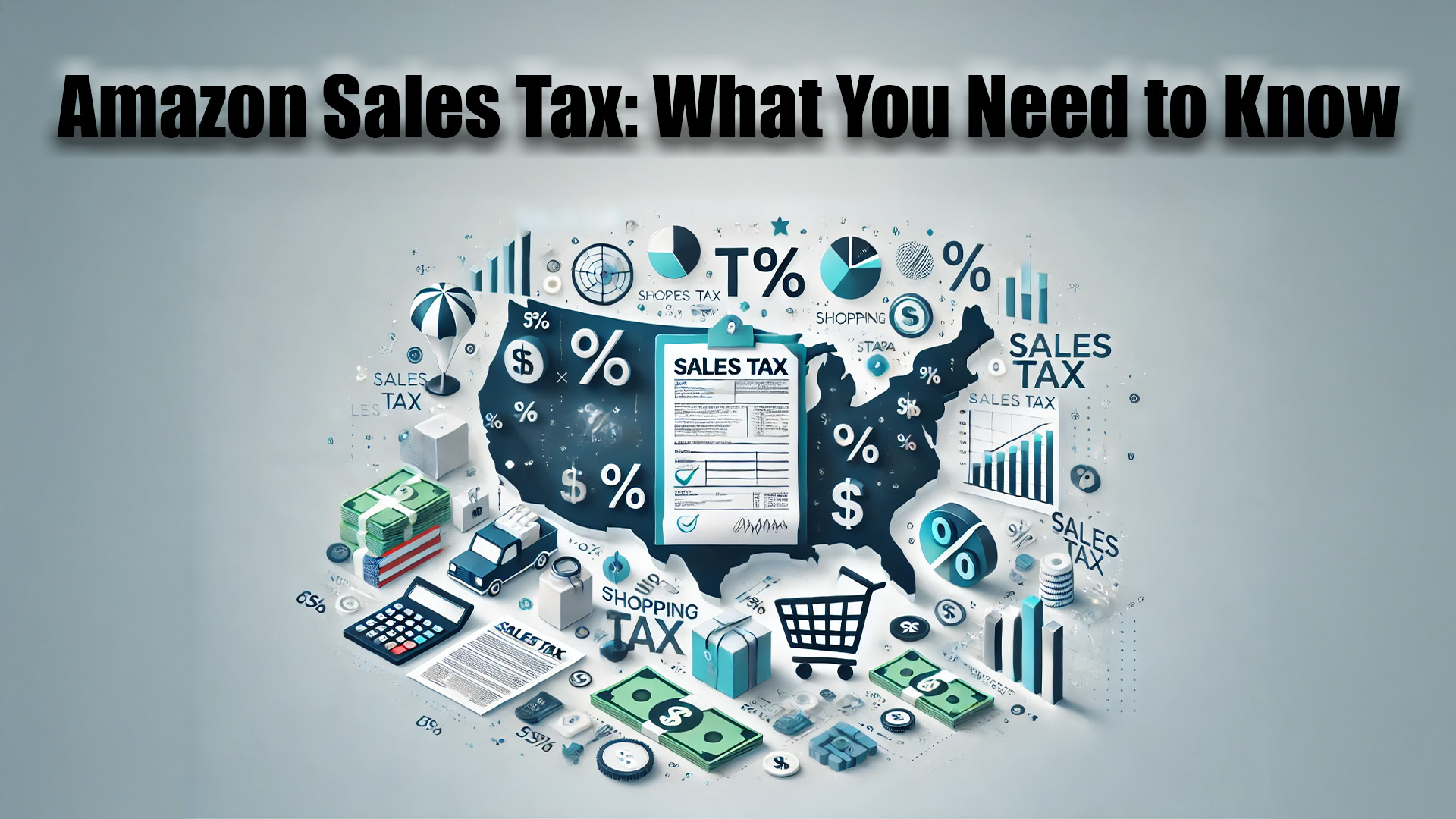If you’re selling on Amazon, you’ve probably encountered the topic of sales tax. But what does it mean for your business? Simply put, it’s the tax that Amazon collects on behalf of state governments for items sold through its marketplace.
Understanding how this tax works is crucial to ensure your business stays compliant with regulations. In this post, we’ll explain how Amazon handles sales tax and highlight what you, as a seller, need to know.
Why Does Amazon Collect Taxes?
In recent years, tax collection has become a significant issue for online sellers. After the Wayfair decision in 2018, many states now require sellers to collect taxes based on their sales volume or transactions, regardless of physical presence.
Today, Amazon simplifies the process by automatically collecting and remitting this tax in many states. However, some regions still require sellers to manage tax collection independently. For this reason, it’s vital to know where Amazon handles taxes for you and where you must take action.
How Does Amazon Sales Tax Work?
As a marketplace facilitator, Amazon manages tax collection for most states. Here’s how the process works:
- Automatic Collection: Amazon calculates and collects the tax required in states that mandate it.
- Sales Tax Nexus: Sellers must collect and remit taxes themselves if they exceed thresholds that create a nexus in specific states.
- Tax Settings: Sellers need to regularly update their tax settings in Seller Central to ensure the correct rates apply to their sales.

How Amazon Sales Tax Rates Determined?
Sales tax rates vary across states and localities. For example, California has a base rate, but cities like Los Angeles impose additional taxes.
When Amazon collects taxes, it determines the rate based on the buyer’s location. Consequently, sellers may notice different rates applied depending on the destination.
What Should Sellers Do?
Although Amazon automates much of the process, sellers still have several responsibilities:
- Track Sales Across States: Sellers need to monitor where their sales occur to remain compliant. For instance, crossing a sales threshold in certain states may require registration.
- Review Tax Settings: Regularly verifying tax settings ensures sellers collect the correct amounts.
- Stay Updated on Laws: Tax regulations frequently change, so staying informed helps avoid penalties.
- Consider Automation Tools: Tools like third-party tax services simplify compliance across multiple states, which can save time.
Common Questions
- Does Amazon charge tax on all orders?
No, it only collects taxes for states where the law requires it. Sellers may still handle taxes for specific orders. - Can I set my own rates?
No, Amazon applies rates based on state and local laws, but sellers can adjust their account settings to ensure compliance. - How can I confirm tax collection?
Sellers can check their transactions in Seller Central, which displays tax amounts collected for each order.
Conclusion: Stay Compliant and Grow
Sellers must understand how Amazon handles taxes to ensure compliance. While Amazon automates most of the process, sellers must remain aware of their responsibilities. Regularly check your account settings, stay informed about regulatory changes, and use tools to streamline tax compliance.
Want to streamline your business accounting? Visit PlugBooks to discover tools and resources designed for Amazon sellers!





2 thoughts on “Amazon Sales Tax: What You Need to Know”